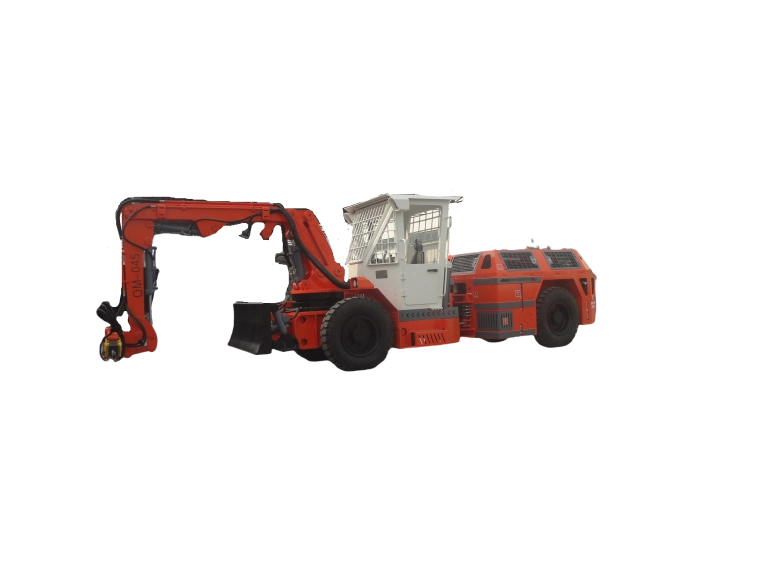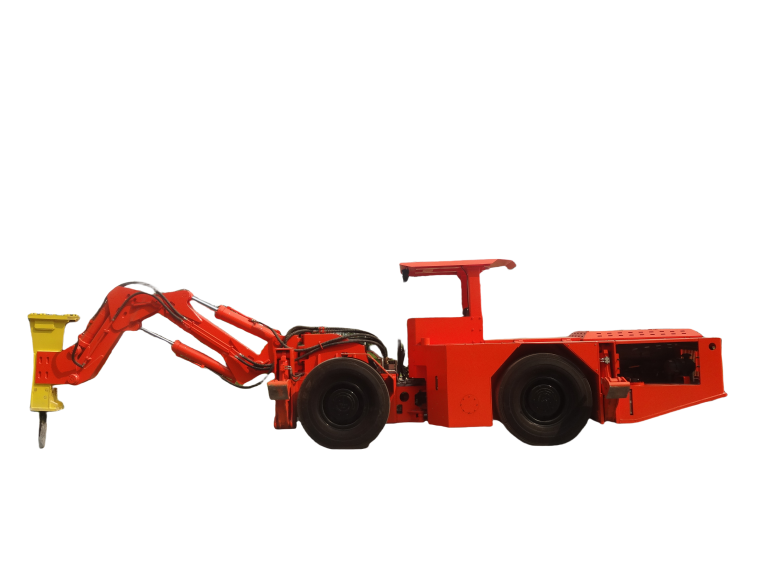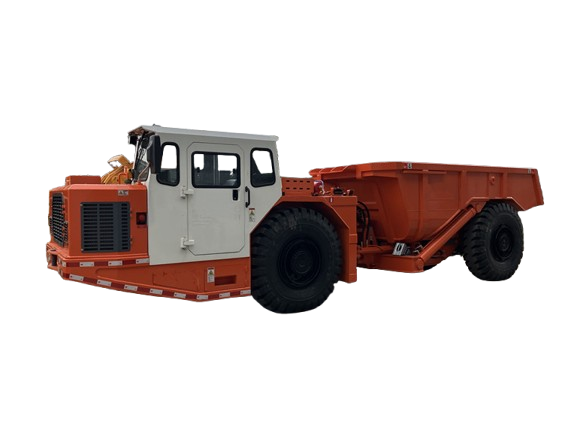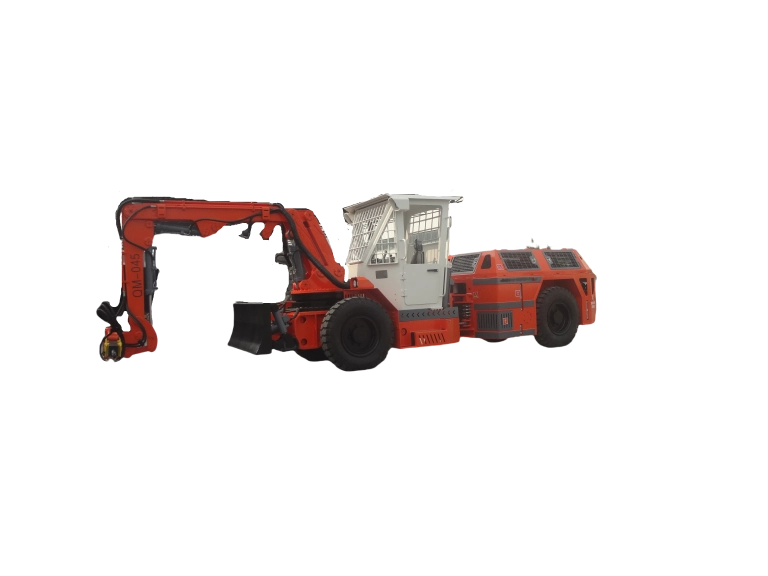
You know the drill—literally. In the tight confines of an underground mine, every piece of gear counts. A solid underground pick scaler can turn a rough job into a smooth one. It clears rock faces, preps tunnels, and keeps things moving. But with so many options out there, how do you choose the right underground pick scaler for your project? That’s what we’re diving into today. We’ll break down the basics, weigh the key factors, and help you spot the features that fit your needs. By the end, you’ll feel ready to make a call that boosts your team’s output and safety.
What Is an Underground Pick Scaler, Anyway?
Picture this: You’re deep in a tunnel, rock overhead and dust in the air. An underground pick scaler is your go-to tool for knocking down loose material from walls and ceilings. It’s a hydraulic machine, often mounted on tracks or wheels, with a long arm ending in a powerful hammer. That hammer strikes at high speed, breaking away debris without the hassle of manual work.
These machines shine in mining ops, tunnel digs, and civil projects. They handle everything from soft overbreak to hard rock faces. Short bursts of power make quick work of scaling, and the reach lets operators stay back from danger. No more climbers with picks—modern scalers keep folks on the ground.
But not all scalers are built the same. Some pack more punch for big jobs. Others squeeze into narrow drifts. Choosing the right one starts with understanding your site’s demands. Think about the rock type, tunnel size, and daily output goals. Get that match right, and you’ll cut downtime while upping safety.
Why Your Choice of Scaler Can Make or Break the Job
Let’s face it. A mismatched scaler leads to headaches. Slow scaling means backups in the drift. Too much power in tight spots? You risk damage or worse. Pick the wrong one, and costs climb—repairs, delays, you name it. On the flip side, the right underground pick scaler for your project smooths the flow. Teams finish faster. Budgets stay in check.
Take safety. Loose rock is a killer underground. A scaler with good reach and control lets you clear hazards from afar. Operators feel secure in a sturdy cab. That peace of mind shows in better work.
Keeping Safety Front and Center
Safety isn’t just a checkbox. It’s the core of every shift. Look for scalers with stable booms that hold steady under load. Hydraulic controls should be smooth, no jerky moves. Cabs need rollover protection and clear sightlines. In one setup, a well-chosen scaler cut rockfall incidents by half. Operators spot issues early and act fast.
Dust control matters too. Wet scaling options spray water to tame airborne particles. Pair that with good ventilation, and your crew breathes easier. Remember, a safe site keeps projects on track. No one wants a halt for accidents.
Driving Up Efficiency on Site
Time is money down there. A scaler that scales quick means more room for drilling and blasting. Aim for máquinas with adjustable speeds—slow for precision, fast for bulk work. Energy-efficient designs run longer on less fuel, stretching your budget.
Mobility plays in here. Wheeled units roll through wider tunnels. Tracked ones grip slick floors. Match the carrier to your ground, and you’ll move between faces without fuss. In the end, efficiency boils down to fit. The right pick scaler turns hours of grind into minutes of gain.
Key Factors to Weigh Before You Buy
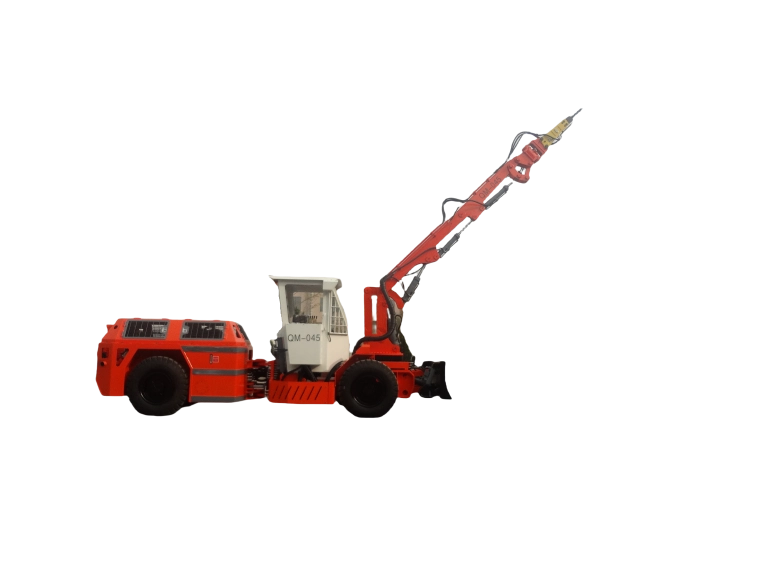
So, how do you narrow it down? Start with the basics of your project. Rock hardness? Tunnel width? Team size? These shape your choice. Let’s run through the big ones.
Power comes first. Hammers deliver blows from 3 to 6 kW. Softer rock needs less; granite demands more. Check the impact rate—700 to 1200 blows per minute keeps things snappy.
Reach is next. Booms extend 4 to 6 meters. That covers high ceilings without scaffolding. But longer arms add weight, so balance is key.
Size and weight affect navigation. Lighter units under 6000 kg slip into slim veins. Heavier ones handle rougher paths but need stronger support.
Here’s a quick table to compare common factors:
| Factor | Low-Demand Project (e.g., Small Tunnel) | High-Demand Project (e.g., Deep Mine) |
|---|---|---|
| Power Output | 3-4 kW hammer | 5-6 kW hammer |
| Reach | Up to 4 m | 5-6 m |
| Peso | Under 5000 kg | 6000+ kg |
| Mobility | Wheeled for speed | Tracked for grip |
| Fuel Type | Diesel for reliability | Diesel with low emissions |
This setup helps you match specs to needs. No guesswork. Just smart picks.
Matching Power to Rock Types
Rock varies. Limestone crumbles easy. Quartzite fights back. For softer stuff, a mid-range hammer does fine. It saves wear on parts. Tougher rock? Go higher power. That cuts scaling time in half sometimes.
Test it out. Run trials if you can. See how the scaler bites into your material. Power alone won’t cut it without good controls. Variable speed lets you dial in just right.
Sizing Up for Tunnel Constraints
Tunnels dictate a lot. Narrow drifts under 3 m wide call for compact scalers. Measure your turns—inner radius around 1.5 m keeps things nimble. Wider spaces allow bigger arms for faster coverage.
Don’t forget grade. Steep inclines need low centers of gravity. Tracked bases climb better than wheels. Factor in ventilation too. Diesel units need good airflow; electric options suit sealed spots.
Building for the Long Haul: Durability Tips
Underground eats gear. Water, dust, jolts—they all take a toll. Seek scalers with sealed hydraulics and tough booms. Steel frames that shrug off bangs last longer.
Maintenance access counts. Easy panels for daily checks cut shop time. Look for ground-level service points. That means less ladder work, more uptime.
- Boom Strength: Reinforced for heavy hits.
- Hydraulic Seals: Double-layered against leaks.
- Cab Comfort: Vibration dampers for long shifts.
These bits add up. A durable scaler pays for itself over years.
Standout Features That Set Top Scalers Apart
What turns a good scaler into a great one? Smart design. Remote controls let you operate from safety. That boom swings full circle for all-angle access.
Water kits tame dust right at the hammer. Adjustable arms fold tight for transport. Some units boast auto-greasing—less manual fuss.
In operations, these shine. One team scaled a 200 m drift in record time thanks to quick-swap tools. No downtime for bits. Features like these fit real workflows.
Seeing It in Action: Project Examples
Real jobs tell the tale. In a gold mine tunnel, crews faced jagged overbreak. They picked a scaler with strong reach. Scaling dropped from days to hours. Production jumped 30%.
Another case: A hydro project in wet rock. Dust was a nightmare. A water-assisted unit cleared faces clean. No respiratory issues. Safer air led to steadier shifts.
These stories show it. The right underground pick scaler adapts to challenges. It turns tough spots into wins.
Wrapping It Up: Make the Smart Choice Today
Choosing the right underground pick scaler for your project isn’t just about specs. It’s about fitting your team’s rhythm, your site’s quirks, and your goals. Weigh power, size, and features against real needs. Test where possible. Talk to suppliers who get mining. That path leads to smoother ops, safer crews, and stronger results. Take that step now. Your next shift will thank you.
Meet Yantai Chi Hong Machinery Co., Ltd.: Your Trusted Underground Pick Scaler Partner
Yantai Chi Hong Machinery Co., Ltd. stands out as a reliable supplier of underground pick scalers and mining gear. With 12 years in the field, they’ve built a full setup for research, making, sales, and support. Based in Yantai, China, their 96,000 m² plant turns out loaders, trucks, scalers, and more. Products carry EU CE marks and ISO9001:2015 certs, backing quality you can count on.
They focus on tough builds for underground work. From welding robots to precision machining, every step aims at durability. After-sales? Free checks for a year, training sessions, and on-site help. It’s all about keeping your scaler running strong.
Preguntas frecuentes
How Do I Choose an Underground Pick Scaler for My Project’s Rock Conditions?
Start with your rock hardness. Softer material needs lighter power—around 3 kW—to avoid overkill. Tougher stuff calls for 5 kW or more for clean breaks. Test samples if you can. Match that to your tunnel layout, and you’ll pick a scaler that handles the load without strain.
What Makes Mobility Key When Selecting an Underground Pick Scaler for Tight Spaces?
In narrow drifts, go compact. Wheeled bases turn quick in straights. Tracked ones grip turns better. Check turning radius—under 2 m inner for squeezes. That keeps your scaler moving fast, cutting setup time between faces.
Can an Underground Pick Scaler Boost Safety on My Mining Site?
Absolutely. Long-reach booms let operators stay clear of falls. Sealed cabs cut dust and noise. Add water sprays, and you tame hazards right away. Teams work steadier when they feel protected—fewer stops, more focus.
How Does the Right Underground Pick Scaler Affect Project Timelines?
A good fit speeds scaling by 20-40%. Quick hammers clear faces fast, opening room for blasts. Low-maintenance designs mean fewer breakdowns. Pick one tuned to your output, and watch deadlines hit easier.
What’s the Best Way to Maintain an Underground Pick Scaler for Long-Term Use?
Daily greasing and hose checks go far. Ground-level access simplifies it. Follow supplier guides for filters and fluids. Regular inspections catch wear early. That approach stretches life, keeps costs down.







